The Problem of Misleading Marketing Claim
This week, Dokter Detektif's TikTok videos have made people talking. She took some Indonesian skincare products to the lab to be tested, only to be found that many of these brands have been making false claims about their products.
One ingredient that was tested is niacinamide, a popular ingredient for brightening and reducing hyperpigmentation. These brands claim that their products contain higher percentage of niacinamide, but upon closer examination, it's often revealed that the actual concentration is significantly lower.
How did we get here?
I would like to think that the reason for these false claims is part of the reasons why marketing-driven skincare brands can be problematic. We know the beauty industry is very competitive. Brands are under pressure to differentiate themselves and attract consumers. They can do it by actually creating high quality products, but instead they make exaggerated claims. However, this behavior did not appear out of nowhere. High quality skincare product costs money to be developed and manufactured. Whereas in reality, price tag is still one of the deciding factors when customers buy a product. So, some beauty brands have to compromise.
Fast beauty approach also exacerbates this issue. Before, it would take an indie brands at least two years to develop and perfect a new formula. Nowadays, they tend to focus more on product launches and trendy ingredients. They might argue that if they do not frequently come up with new stuffs, people will forget about them, which is true in this current setting. But, what brands need to understand that too much emphasis on marketing and quick results can overshadow the importance of scientific research and evidence-based formulations. In the end, this can lead to compromised product quality.
The importance of stronger regulation
Strong and science-based cosmetic regulation is essential to protect consumers and ensure the safety and efficacy of beauty products. We know now what can happen if we apply the "Wild Wild West" way. Not only brands making misleading and false claims, they could use harmful chemicals in their products, potentially causing skin irritation, allergies, or even long-term health problems.
Regulations help build consumer trust in the beauty industry, ensuring that people can feel confident about the products they use, to create a more reliable beauty industry in this country.
What can consumers do about it?
As consumer, we should be careful and do our research before buying cosmetic products. Look for brands that are transparent about their ingredients and formulations, and avoid the ones that make unrealistic claims or seem too good to be true. Here are some of my personal red flags:
Clean beauty
The term "clean beauty" is largely unregulated, allowing brands to define it arbitrarily. This can be misleading, implying that other brands use harmful ingredients. In reality, the cosmetic industry is subject to strict regulations governing the types and quantities of ingredients allowed in products. Moreover, it's important to remember the principle of dose-response: a substance's toxicity depends on the amount of exposure.
Parabens-free
There are numerous studies suggesting that parabens are safe. The European Union and the U.S. FDA have both deemed parabens safe for use in cosmetics.
Sustainable & environmentally friendly
While many skincare brands claim to be "environmentally friendly", such labels are used as a marketing tactic without substantial backing. Sustainability is a complex issue and true environmental responsibility involves a holistic approach, including sustainable sourcing, ethical production, and minimal waste generation. Without concrete evidence and transparent practices, these claims can be misleading, contributing to the issue of greenwashing.
Chemical-free
Self-explanatory. Everything is chemical!
Non-comedogenic
There is no universally accepted standard for determining whether a product is truly "non-comedogenic. Skin is highly individual, and what might not clog pores for one person could cause breakouts for another.
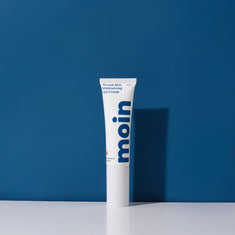
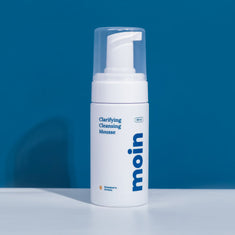
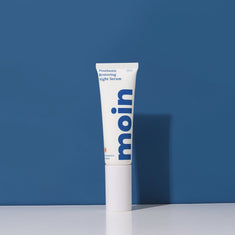
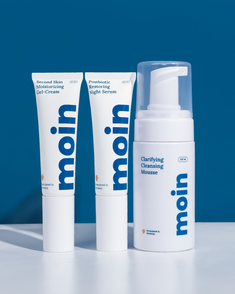
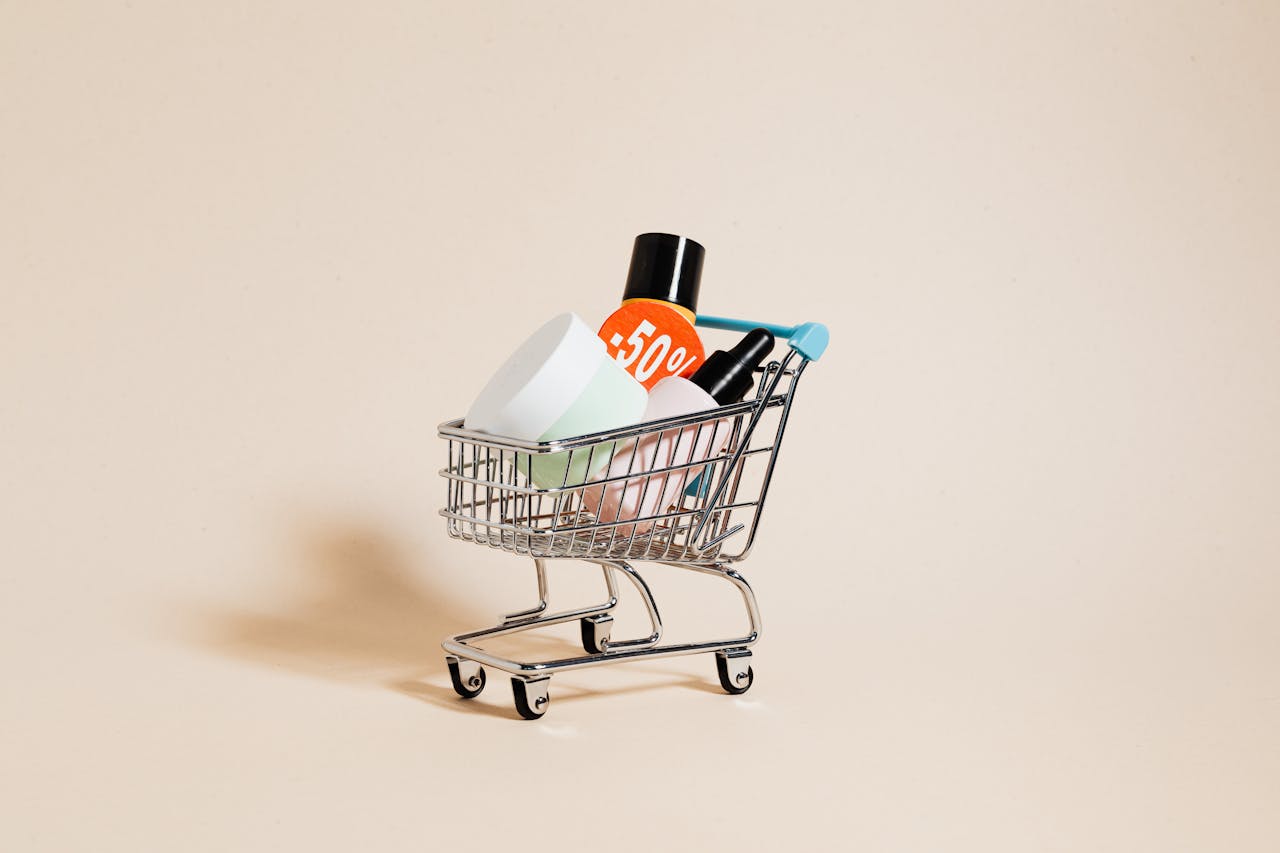
comments (7)
really love this article 👼❤️
Unfortunately indonesian people don’t read 😔
Masyaaallah kakk gittt terima kasiiih banyakk ilmunyaaa🙏 telatt bgtt aku baru baca skarang😭
Thank you so much for writing this, felt every word! No regrets subscribing to Moinclopedia, can’t wait for what’s next!
Thankyou for this, i really hope more Indonesian is informed about this. Jadi mereka nggak FOMO sama produk dan better stick with the brand thats actually works for your skin rather ngikutin trend.